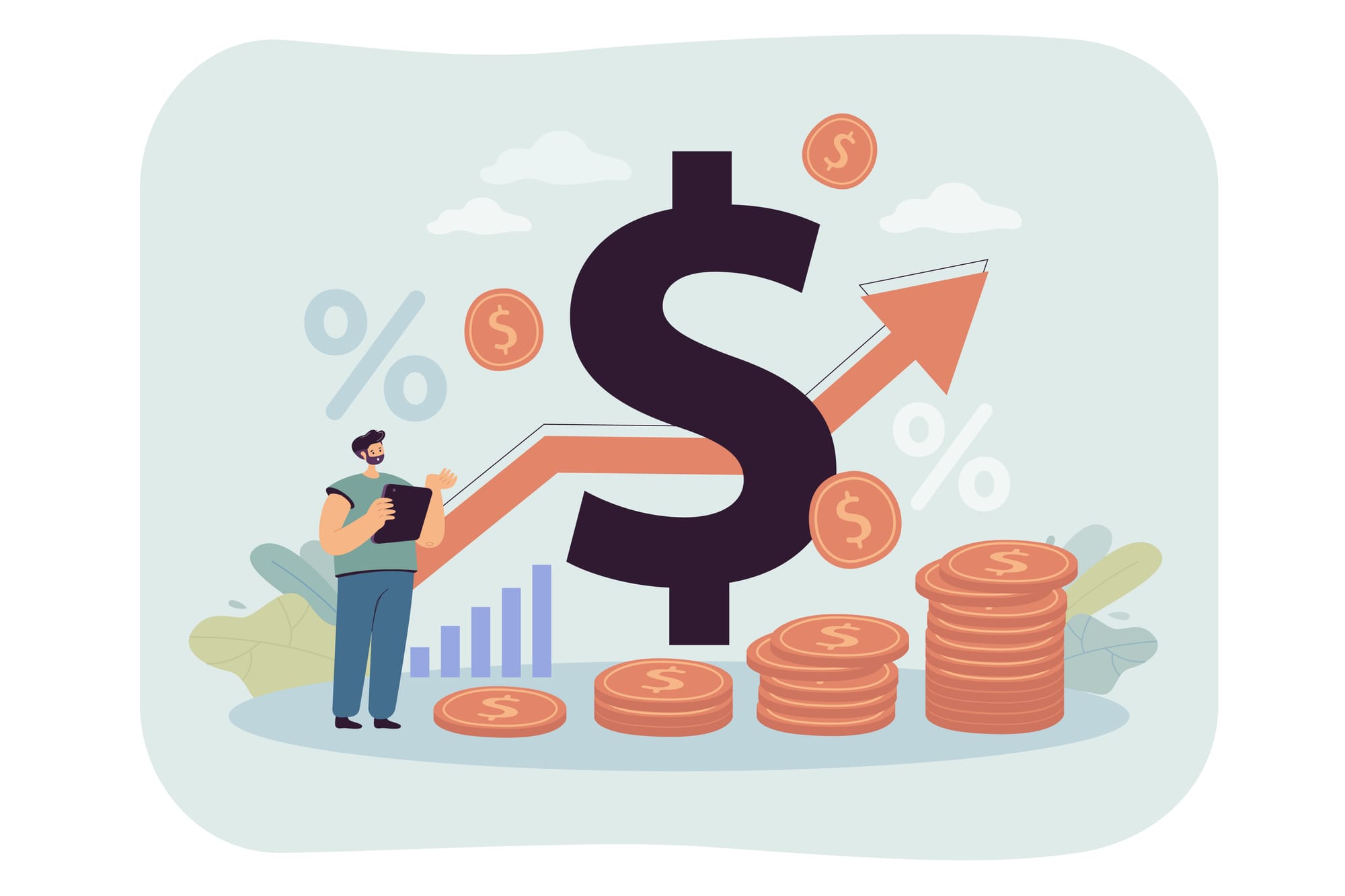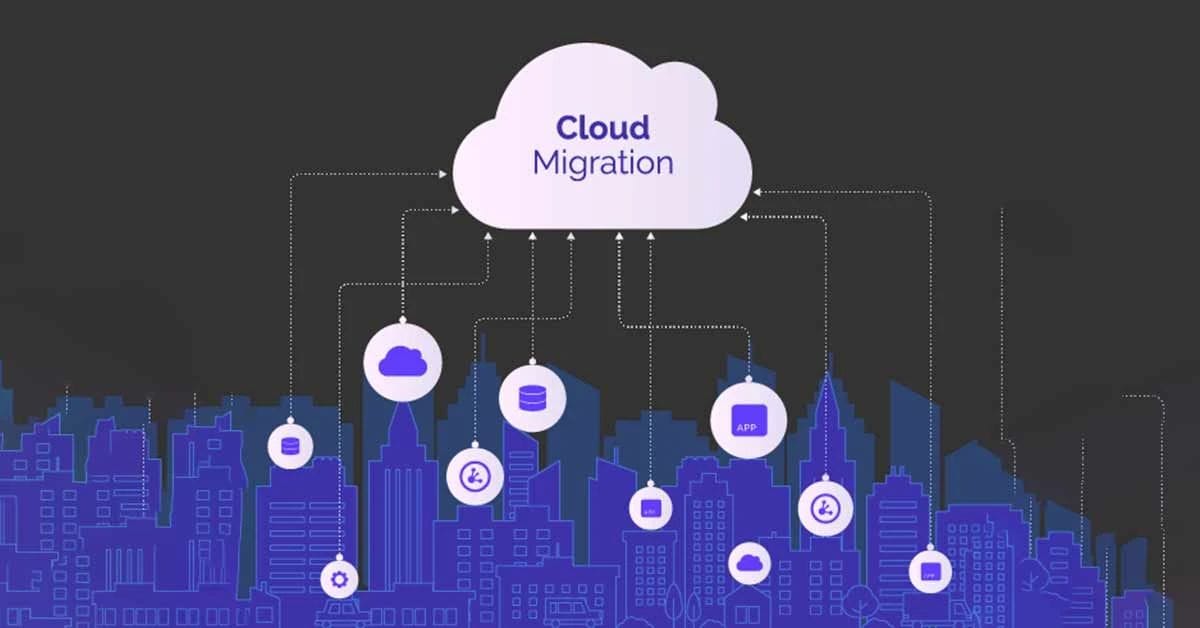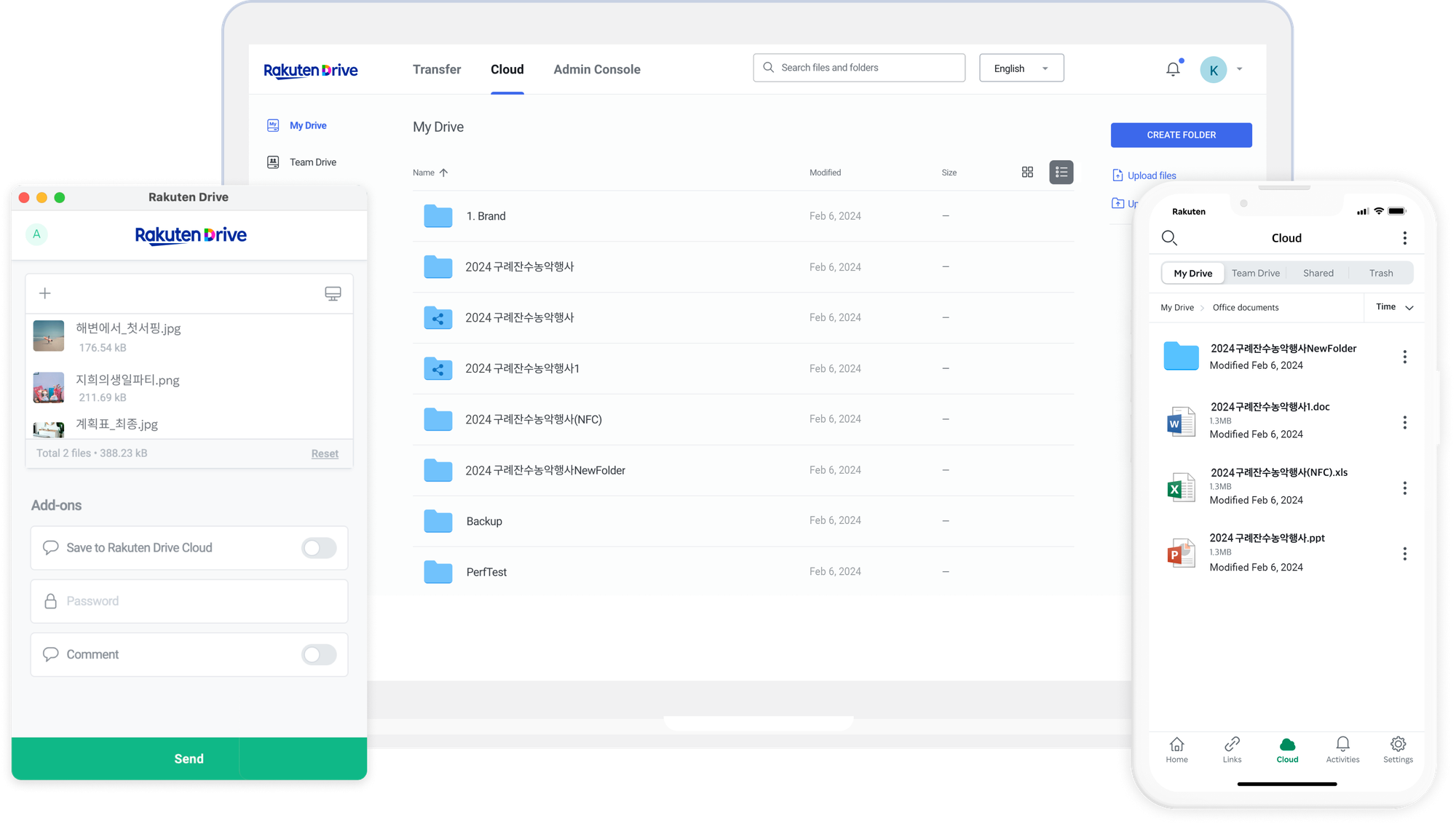Understanding TCO: 4 Strategies to Reduce Software Costs Through TCO Analysis
When businesses adopt technological assets or software, it's crucial to analyze the Total Cost of Ownership (TCO), which encompasses not just initial costs but also various expenses incurred during operation. TCO is a comprehensive evaluation of all costs associated with a software or system throughout its lifecycle. It plays a significant role in enhancing a company's financial efficiency and strengthening long-term competitiveness. Today, we'll explore what TCO is and introduce various methods for reducing software costs through TCO analysis.
Source: Freepik
Table of Contents
- What is TCO?
- Types of TCO Costs
1) Initial Implementation Costs
2) Operating Costs
3) Opportunity Loss Costs - Why TCO Analysis is Important for Businesses
1) Comprehensive Cost Awareness
2) Holistic Cost Reduction
3) Return on Investment (ROI) Evaluation - 4 Ways to Reduce TCO
1) Standardizing Desktop Environments
2) Cloud Migration
3) Outsourcing System Operations and Maintenance
4) Server Consolidation - Cloud Storage for TCO Reduction : Rakuten Drive
1. What is TCO?

Source: Freepik
TCO (Total Cost of Ownership) is a concept that comprehensively evaluates all costs associated with acquiring and using software or systems. It focuses not only on the initial purchase price but also on expenses related to operation, maintenance, support, and management. By measuring the total costs involved in owning a specific asset or system, TCO helps businesses make informed decisions that go beyond short-term cost savings, allowing them to assess whether their choices are economically viable and efficient in the long run.
2. Types of TCO Costs

Source: Freepik
TCO refers to the total ownership costs associated with implementing and operating specific software or systems. This includes everything from initial acquisition to ongoing operations and maintenance, as well as costs incurred during troubleshooting. Below are the key cost components that make up TCO:
1) Initial Implementation Costs
Initial implementation costs encompass all expenses incurred during the process of acquiring and installing software. These include:
- Software Costs/Subscription Fees: The expense associated with purchasing software licenses outright or paying for monthly or annual subscription fees.
- Installation Costs: Costs required for installing and configuring the software within the system, which may involve ensuring hardware and software compatibility, as well as setting up servers and networks.
- Initial Setup and Customization Costs: Expenses related to customizing the software to meet the organization’s specific needs.
- Training Costs: Costs for training users to effectively use the new software, including the creation of training materials and the development of training programs.
2) Operating Costs
Operating costs refer to all expenses incurred during the routine use of the software after it has been installed. These include:
- Operational Costs: Basic resource expenses necessary for running the software, such as server costs, network infrastructure, and electricity.
- Maintenance Costs: Expenses related to ongoing maintenance, including security patches, bug fixes, and regular updates.
- Personnel Costs: Salaries and expenses for staff involved in managing and operating the software, such as system administrators and security professionals.
- Upgrade/Expansion Costs: Costs associated with upgrading software or hardware, as well as purchasing additional licenses to expand capacity.
3) Opportunity Loss Costs
Opportunity loss costs refer to indirect expenses incurred due to software issues. These include:
- Repair Costs: Expenses associated with restoring software or hardware after a problem occurs.
- Opportunity Loss Costs from System Failures: Losses in productivity, customer dissatisfaction, and revenue decline resulting from system downtime.
- Labor Costs for System Recovery: The time and wages of experts required to resolve issues and recover the system.
📍7 Types of Software Licenses and Tips for Reducing License Costs
3. Why TCO Analysis is Important for Businesses

Source: Freepik
Total Cost of Ownership (TCO) analysis is a vital tool for businesses when adopting technological assets or software solutions. It helps organizations understand the overall financial impact of their decisions and make optimal choices. TCO analysis is essential for several reasons:
1) Comprehensive Cost Awareness
Through analysis, businesses can consider all costs incurred throughout the software’s lifecycle, including initial expenses, long-term maintenance, operational costs, and opportunity loss costs. This allows organizations to predict and plan for the total economic burden of asset acquisition. A solution that appears inexpensive in the short term might result in greater long-term costs, and TCO helps clarify these potential financial impacts.
2) Holistic Cost Reduction
Rather than merely focusing on reducing initial implementation costs, TCO analysis enables companies to consider operating and maintenance expenses, leading to comprehensive cost savings. For example, a solution with a higher initial purchase price may have lower operating and maintenance costs, ultimately resulting in lower total expenses over time. TCO provides this broader perspective, helping businesses identify the most efficient ways to reduce costs.
3) Return on Investment (ROI) Evaluation
TCO analysis plays a crucial role in assessing the return on investment (ROI) when implementing software. By clearly understanding TCO, organizations can evaluate how profitable an investment is. This evaluation aids in assessing the effectiveness of asset acquisition and making better investment decisions within the same budget. ROI analysis allows businesses to understand the returns generated by their investments relative to costs, facilitating more efficient financial decision-making.
4. 4 Ways to Reduce TCO

Source: Techjockey
1) Standarrdizing Desktop Environments
By standardizing desktop environments within the organization, businesses can reduce operational costs. Mixing various operating systems and software versions can lead to compatibility issues and increased maintenance costs. A unified environment allows IT administrators to resolve issues consistently, simplifying software updates and security patch applications, ultimately lowering maintenance expenses. Additionally, integrated system training can enhance employee productivity.
2) Cloud Migration
Migrating to the cloud instead of relying on traditional on-premises systems enables companies to save costs by avoiding the need to manage servers and network equipment directly. Cloud services typically operate on a pay-as-you-go basis, reducing waste and allowing for flexible resource scaling. This approach can significantly lower initial implementation costs as well as long-term expenses related to server maintenance and upgrades.
📍Understanding Migration: The Beginning of Digital Transformation and Data Transition - Step 4!
3) Outsourcing System Operations and Maintenance
Instead of handling system operations and maintenance with internal staff, outsourcing these functions can lead to TCO savings. By contracting with specialized firms, businesses can resolve technical issues more quickly and flexibly utilize human resources as needed. Specialized management companies can also quickly adapt to the latest technology trends and security measures, allowing for more efficient system operations compared to in-house management. This can reduce labor costs, training expenses, and maintenance costs.
4) Server Consolidation
Consolidating servers into a single environment can significantly reduce maintenance costs. This approach minimizes redundant resources across servers, decreases energy consumption, and simplifies server management. Operating a dedicated backup server can enhance data security and reliability, enabling rapid recovery in the event of a primary server failure. Server consolidation optimizes hardware resources, leading to savings in both initial implementation costs and long-term operational expenses.
5. Cloud Storage for TCO Reduction : Rakuten Drive

Rakuten Drive is a cloud storage solution designed for businesses, offering significant advantages by reducing the resources needed for system maintenance and operational management. With cloud technology, there’s no need to manage physical server infrastructure directly, which effectively lowers maintenance and IT management costs, contributing to TCO savings.
👉 Learn More about Rakuten Drive!

Additionally, Rakuten Drive offers customizable pricing plans tailored to business needs, allowing for flexible service configurations. This approach helps prevent unnecessary resource waste and excessive expenditures, enabling efficient resource management by paying only for what you use. Experience efficient and secure data management with Rakuten Drive!
Today, we explored what TCO is and discussed various strategies for reducing TCO costs. When managing technological assets, it's crucial for businesses to minimize all costs associated with initial implementation, operations, and maintenance. Reducing total ownership costs is key to TCO savings. Why not effectively cut costs by leveraging Rakuten Drive's cloud storage for Business?
The fastest way to reduce software costs 👉 Sign Up for a Free Trial of Rakuten Drive for Business!
